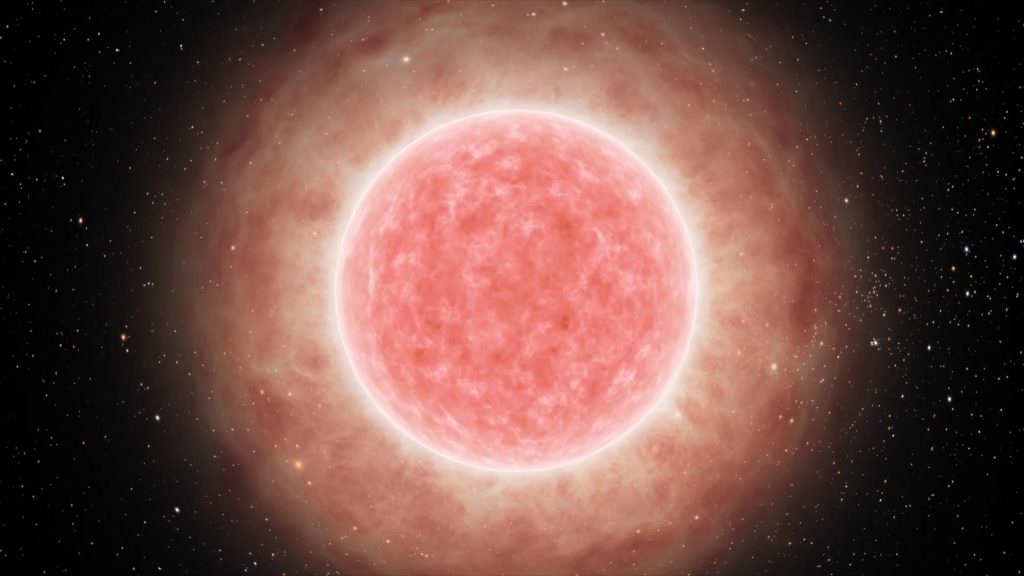The Oldest Stars Help Tell us how big the Universe is
By Paul M. Sutter
Astronomers are struggling to understand the discrepancies when measuring the expansion rate of the universe with different methods, and are desperate for any creative idea to break the tension. A new method involving some of the oldest stars in the universe could just do the trick.
Astronomers have different methods for measuring the present-day expansion rate of the universe, known as the Hubble constant. One common method is to measure the brightness of distant supernovae. Another method is to examine the leftover light from the early universe, known as the cosmic microwave background. However, these two measurements disagree.
“One of the most exciting questions in cosmology today is whether there is new physics that is missing from our current understanding of how the universe is evolving. A current discrepancy in the measurement of the Hubble constant could be signaling a new physical property of the universe or, more mundanely, unrecognized measurement uncertainties,” said Wendy L. Freedman, the John and Marion Sullivan University Professor of Astronomy and Astrophysics.
Enter J-region Asymptotic Giant Branch (JAGB) stars, which are a particular kind of red giant with a lot of carbon in their atmospheres.
How do JAGB stars help? They appear to have a near-standard brightness, meaning that we can compare the brightness that we measure to the brightness that we know they have to calculate the distance to them. By combining that measurement with the recession speed of their host galaxies, we can estimate the expansion rate of the universe in a way independent of both supernovae and the cosmic microwave background.
“We’ve observed empirically that these stars have a known intrinsic brightness from galaxy to galaxy,” said astrophysicist and University of Chicago graduate student Abigail Lee, lead author on a new study investigating the use of JAGB stars to measure the expansion rate.
As a bonus, JAGB stars tend to be very bright, allowing astronomers to spot them in very distant galaxies.
This technique is still in its infancy, and needs a lot of cross-checking and validating before it can help us resolve the modern tension in the Hubble constant.
“Because this method is relatively new, the goal of this project was to see if it could rival other distance indicators in precision and accuracy,” Lee said.
To start, the team targeted the Wolf-Lundmark-Melotte galaxy, located in the outskirts of our local galactic group. They compared the distance obtained with JAGB stars to other methods and found great agreement, signaling that this method may provide a crucial cross-check in future studies.
“We don’t have a firm grasp on the value of the Hubble constant, so this is really important work to help address one of the biggest issues in cosmology right now,” Lee said.
The post The Oldest Stars Help Tell us how big the Universe is appeared first on Universe Today.

March 12, 2021 at 03:00AM
via Universe Today read more...

Post a Comment